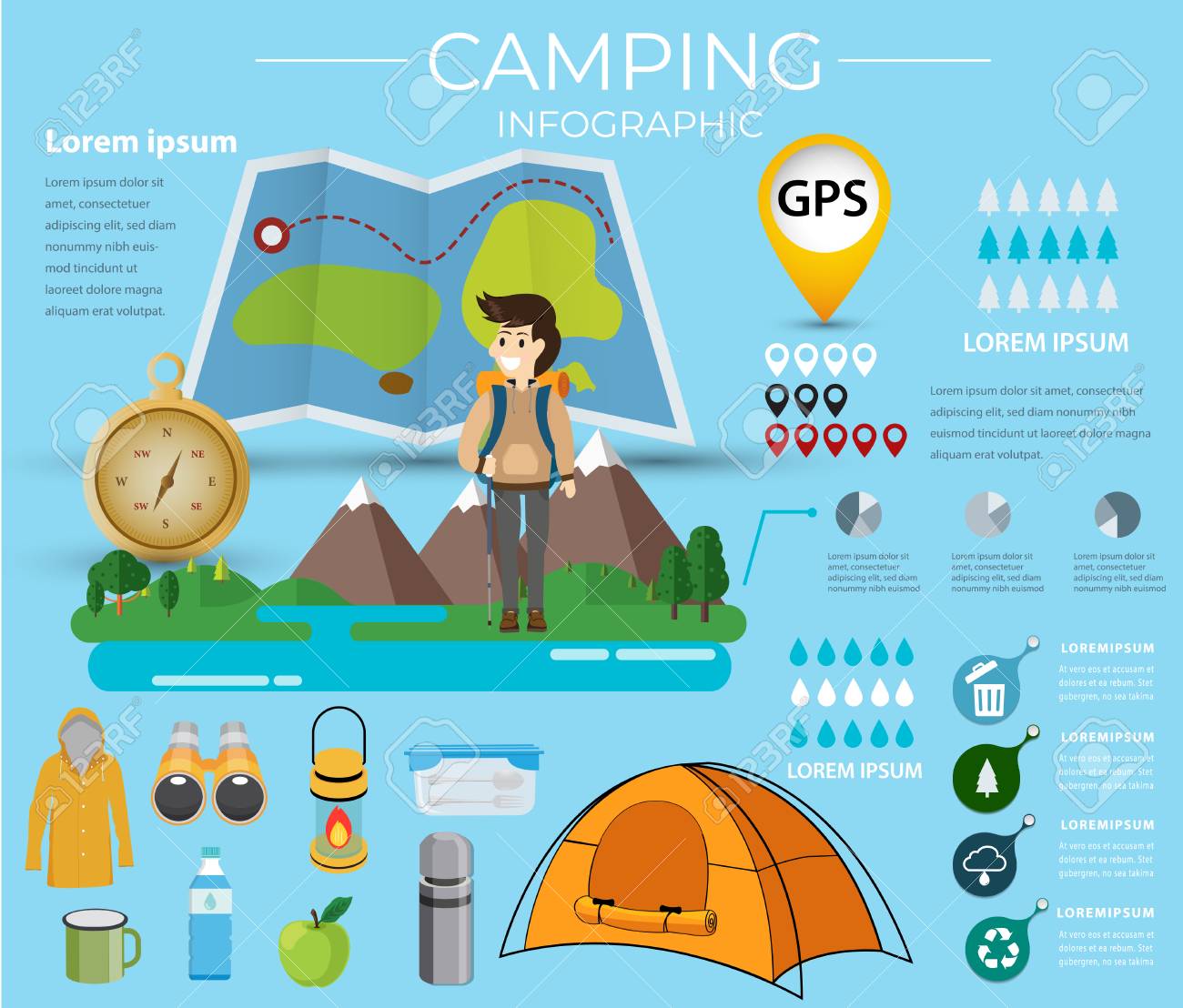Pursuing The Dream Marketing Your Company By Selling Camping Tents
Pursuing The Dream Marketing Your Company By Selling Camping Tents
Blog Article
Exactly How Important Are Camping Tent Footprints/Ground Cover?
Outdoor tents impacts are a terrific means to protect your tent floor from abrasions and prolong its useful life. Nearly all equipment manufacturers use their very own brand-specific impacts that are designed to match their certain outdoor tents models.
How cold is too cold to sleep in a tent?
This tailored approach supplies convenience of arrangement and lessens the danger of rainwater seeping in through the joints.
What are they?
Outdoor tents impacts (additionally referred to as camping tent ground sheets or under tent pads) provide a layer of defense between the base of your camping tent and the outdoor setting. They secure your camping tent from sharp objects, moisture, and unpleasant surface areas.
A lot of camping tent manufacturers supply their very own top quality footprints made to fit effortlessly with their assigned shelter versions. Nevertheless, these are generally pricey and fairly heavy contrasted to do it yourself choices like Polycryo or Tyvek.
Footprints are commonly made from long lasting, water resistant products such as polyurethane, nylon or silnylon. For ultralight backpackers looking for to reduce pack weight, there are additionally light-weight, high-strength options made from Cuben Fiber (Dyneema). It's important to pick a footprint that's slightly smaller sized than your camping tent to stop rain from dripping down the sides of your sanctuary and funneling below you while you sleep-- no person wants to awaken in a puddle! An impact is a beneficial addition to any outdoor camping trip. It aids guarantee a lengthy life expectancy for your tent while adding convenience and comfort.
How crucial are they?
Tent impacts protect the base of your camping tent from abrasion and moisture, assisting to extend its life expectancy. They're usually made from waterproof and dirt-resistant products like polyethylene or a light-weight oxford polyester, though the denier of the material will certainly vary (the greater the denier number, the thicker and burlier).
A lot of impacts are made to exactly match the form of your tent's floor, which aids reduce product waste. Numerous have grommets or loopholes whereby you can weave guylines for tension and stakes, making certain that the footprint is safely held back.
If you camp in rough terrain or locations where there's a lot of downed branches and sharp rocks, a tent impact is well worth the added weight and bulk. But if you often camp in completely dry, sandy or rocky conditions, an impact may be overkill. A tarp is a much better choice because instance.
Do you commonly pack one?
If you're camping on an extremely flat surface where rocks and sticks aren't an issue, a tent impact possibly isn't essential. If you remain in the backcountry with a great deal of harsh surface, an impact can make life a lot easier.
Footprints are typically sized slightly smaller than the base of the outdoor tents. That's due to the fact that a bigger impact would catch rain and channel it under the outdoor tents, where you might get up in a pool.
Nevertheless, impacts can be pricey and heavy if you get one from the manufacturer of your outdoor tents (the Big Agnes Tiger Wall UL 2 impact, for example, costs $70 and considers six ounces). You can save cash and weight by making your own do it yourself footprint by cutting an item of Tyvek or other water resistant material to the exact dimensions of your shelter. You can even include grommets for very easy attachment. The major advantage of an impact is that it helps to protect the floor of your backpacking tent from rough components such as rocks and twigs.
How do you maintain them cleanse?
A manufacturer's footprint can include substantial weight to your shelter system and if you're an ultralight backpacker high end tents trying to conserve every ounce, it may not deserve it. Therefore, several backpackers will utilize a do it yourself groundsheet that's made out of something like Tyvek or Polycryo and cut it to size for their camping tent impact.
This option is relatively affordable and will certainly protect your tent from wetness, rocks, thorns, sticks, etc, while also helping to maintain all-time low of your outdoor tents completely dry.
If you do decide to purchase a footprint, make sure it's created especially for your details outdoor tents as this will certainly help in reducing water pooling around the edges of your sanctuary. For example, if your tent footprint is too large and extends past the side of your rainfly, it will certainly accumulate rains which can permeate into lighter-weight tents and potentially wear down the floor. Make sure it fits your camping tent rather comfortably to prevent this.
Do canvas tents leak?
